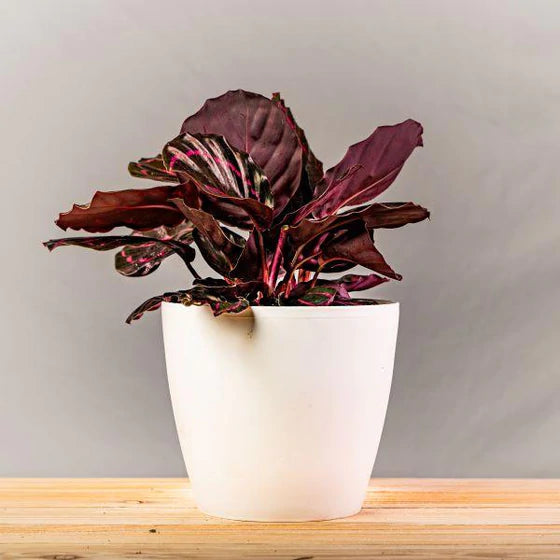
Calathea Roseopicta Dottie 5inch Rounda
Sold out
Original price
₹799
-
Original price
₹799
Original price
₹799
₹799
-
₹799
Current price
₹799
